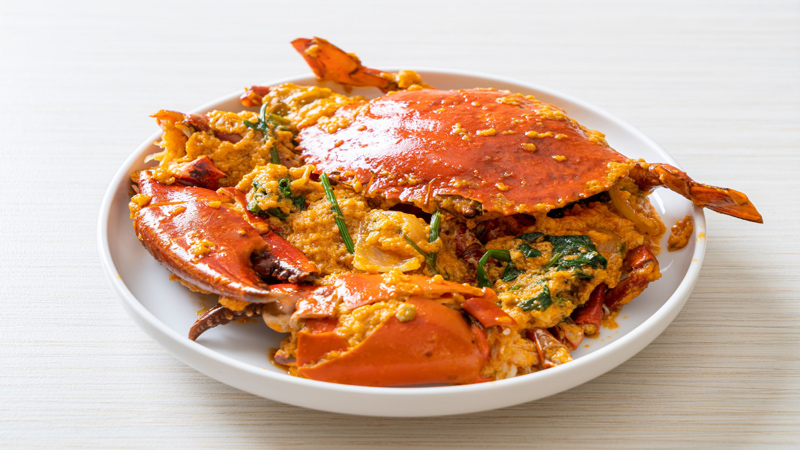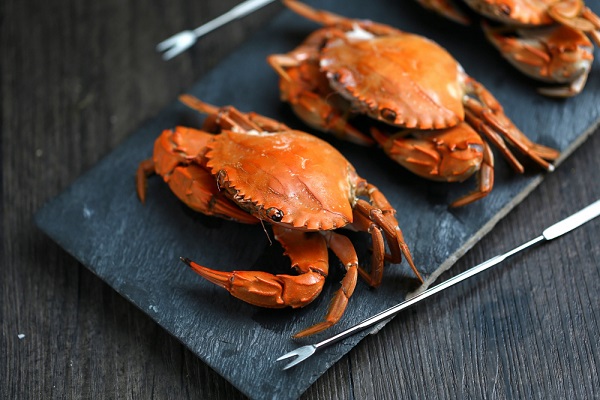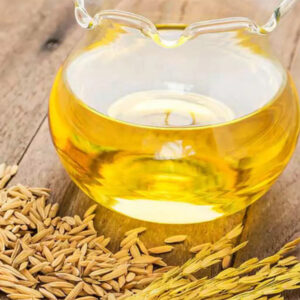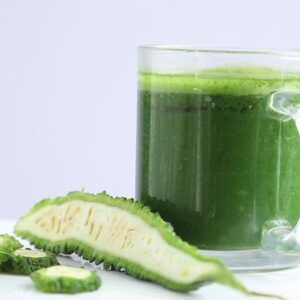Crab meat is a versatile ingredient that can be used in a variety of delicious recipes. Whether you prefer the sweet and delicate taste of lump crab meat or the heartiness of crab claws, here are some popular recipes that showcase the flavours of crab:

1. Crab Cakes:
A classic and beloved dish, crab cakes are made by combining crab meat with breadcrumbs, mayonnaise, Dijon mustard, and seasonings. Formed into patties and pan-fried until golden brown, they are often served with a zesty remoulade sauce.
2. Crab Salad:
A light and refreshing option, crab salad typically features lump crab meat mixed with diced vegetables such as cucumber, celery, and bell peppers. Toss the ingredients with a lemony vinaigrette or a creamy dressing for a delightful salad.
3. Crab Pasta:
Incorporate crab into your favourite pasta dishes for an elegant twist. Crab linguine or crab fettuccine with garlic, cherry tomatoes, and fresh herbs make for a delightful and sophisticated meal.
4. Crab Stuffed Mushrooms:
Crab-stuffed mushrooms are a delectable appetizer. Mix crab meat with cream cheese, garlic, and herbs, then stuff the mixture into mushroom caps before baking. It’s a crowd-pleasing starter for any occasion.
5. Crab and Corn Chowder:
Combine lump crab meat with sweet corn, potatoes, onions, and seasonings to create a hearty crab and corn chowder. Finish with a touch of cream or milk for added richness.
6. Crab Sushi Rolls:
Make your own sushi rolls at home by incorporating crab into rolls along with avocado, cucumber, and seaweed. Serve with soy sauce, pickled ginger, and wasabi for an authentic sushi experience.
7. Crab Dip:
Create a creamy and flavorful crab dip by blending crab meat with cream cheese, mayonnaise, grated Parmesan, and seasonings. Bake until bubbly, and serve with crackers or bread for dipping.
8. Crab and Avocado Salad:
Combine lump crab meat with diced avocado, cherry tomatoes, red onion, and cilantro. Toss with lime juice, olive oil, and salt for a refreshing and nutritious salad.
9. Garlic Butter Crab Legs:
Steam or bake crab legs and then brush them with a garlic butter sauce. This simple preparation highlights the natural sweetness of crab meat and is a favourite for seafood lovers.
10. Crab Bisque:
Create a rich and velvety crab bisque by blending crab meat with a flavorful broth, cream, and aromatic spices. Garnish with fresh herbs or a drizzle of sherry for an elegant touch.
When preparing crab recipes, it’s important to choose fresh and high-quality crab meat. Whether you’re a fan of crab cakes, salads, or soups, these recipes offer a range of options to savour the delicious taste of crab in various culinary creations.
Potential Downsides Of Eating Crab Meat:
While crab meat is generally considered a nutritious and delicious seafood option, there are some potential downsides and considerations associated with its consumption. It’s important to be aware of these factors for individuals with specific health concerns or dietary restrictions. Here are some potential downsides of eating crab meat:
1. Allergies:
Crab is a common allergen, and individuals with shellfish allergies should avoid consuming crab meat. Shellfish allergies can cause severe reactions, including anaphylaxis, which is a life-threatening allergic response. It’s crucial for those with known allergies to be vigilant and check for potential cross-contamination in food preparation.
2. Cholesterol Content:
Crab meat contains cholesterol, and people watching their cholesterol levels may need to moderate their intake. However, research suggests that dietary cholesterol may have a modest impact on blood cholesterol levels for most individuals, and the overall diet and lifestyle play a more significant role.
3. Sodium Levels:
Some crab preparations, especially those involving canned or processed crab products, may be high in sodium. Excessive sodium intake can contribute to hypertension and other cardiovascular issues. Choosing fresh or minimally processed crab and being mindful of added salt during cooking can help manage sodium intake.
4. Environmental Concerns:
Overfishing and unsustainable fishing practices can have negative environmental impacts. It’s advisable to choose crab products that are sourced sustainably and adhere to responsible fishing practices to help conserve marine ecosystems.
5. Purine Content:
Crab meat contains purines, which are substances that break down into uric acid. Individuals with gout or a history of kidney stones may need to moderate their intake of high-purine foods. However, crab is considered to have moderate purine content compared to certain other seafood.
6. Contaminants:
Like other seafood, crabs can potentially be exposed to environmental contaminants such as heavy metals and pollutants. To minimize the risk, choose crab from reputable sources and be aware of any advisories or warnings related to the specific area where the crab is harvested.
7. Sustainability Concerns:
Certain crab species may face overfishing or habitat loss issues. Being aware of the sustainability of the crab species you consume and choosing options certified by sustainable seafood organizations can contribute to the protection of marine ecosystems.
It’s essential for individuals to consider their own health conditions, dietary needs, and ethical concerns when incorporating crab meat into their diets. Consulting with a healthcare professional or a registered dietitian can provide personalized guidance based on specific health considerations. Additionally, being informed about the source of crab products and choosing sustainably harvested options can contribute to responsible and environmentally conscious consumption.
FAQs:
1. Are all crabs equally nutritious?
While various crab species offer similar nutritional benefits, there may be slight differences in specific nutrient content. Generally, crabs such as blue crabs, Dungeness crabs, and king crabs are known for their nutritional richness.
2. Is crab cholesterol a concern?
Crab cholesterol content is relatively low compared to its protein content. The American Heart Association suggests that the overall impact of dietary cholesterol on blood cholesterol is modest, and the focus should be on the overall diet.
3. Can individuals with shellfish allergies consume crab?
People with shellfish allergies should avoid consuming crabs, as they are part of the shellfish family. Allergic reactions to shellfish can be severe, and it is essential to consult with a healthcare professional.
4. How should crabs be prepared for maximum health benefits?
Opt for healthier cooking methods such as steaming or grilling to preserve the nutritional integrity of the crab. Avoid excessive use of butter or high-calorie sauces.






